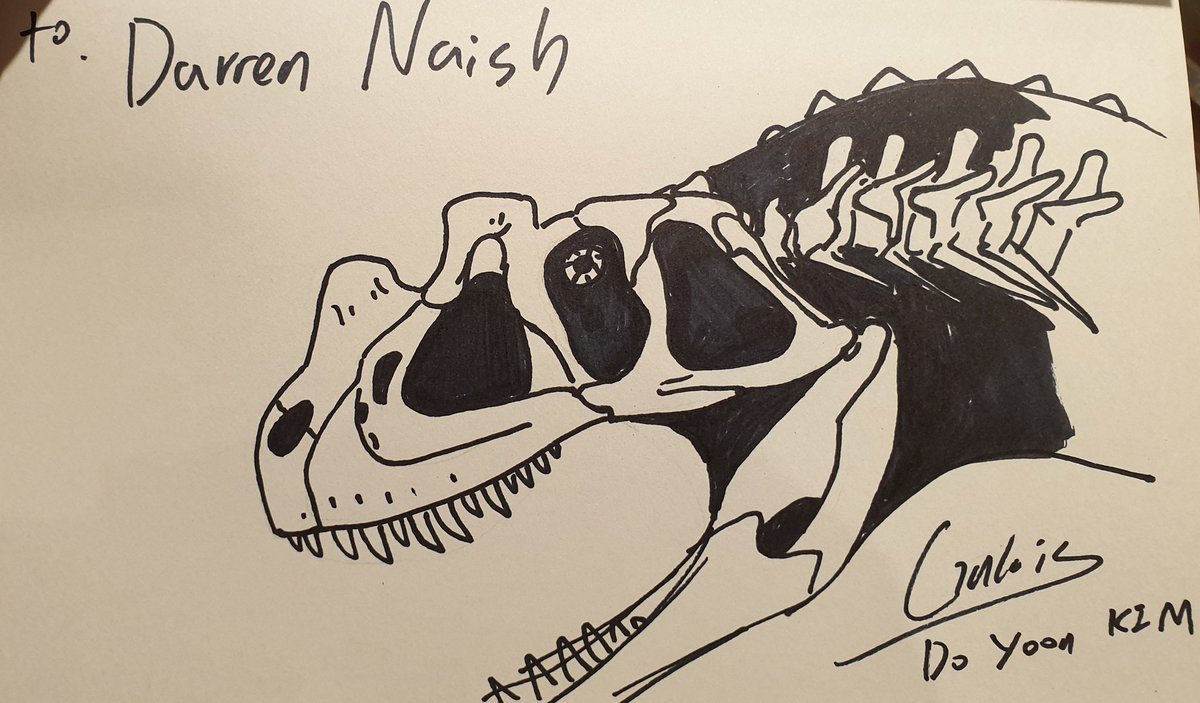And such tall tales are not the purview of fiction novels.
Now and again,
"Dinosaurs Decoded" is a good case in point.
In this regard, Jack Horner may be right. Its quite possible that some of our dinosaur species are in reality bunk.
But then he attacks the idea that Triceratops used its horns for defense.
Is he right?
Well, there are some serious problems with this idea.
#Debunking #Ahead
2. Jack needs to tell Rhinos, Bison, Moose, Elephants, Deer, Cape Buffalo, Wilderbeest and cattle that having defensive weapons on their heads is a bad idea.
And, let’s we forget, predators can use their heads as a predatory weapon.
The mouth is a part of the head, and jaw power can be a very effective way of killing prey. Just ask crocodiles, bears,
So, if weapons on a head are a great design for offense, why can’t they be for defense?
This isn’t to say that using your head in combat is not without serious risks. After all, predatory dinosaurs facing
3. T Rex wasn’t the only carnivore Triceratops had to deal with.
So, of a pack of 150-175 pound Deinonychus can take
Then a 440-pound Dakotaraptor…
Do the math.
And Triceratops wouldn’t use its horns for defense???
Also, Acheroraptor, a relative of Dakotasaurus, was also a contemporary of Triceratops, living alongside it. Though it
4. We actually have fossil evidence that they fought.
In the documentary “the Truth about killer dinosaurs” fossil evidence was shown of a
And yet…it had healed.
“Dinosaurs Decoded” National Geographic Documentary (2009)
“the Truth About Killer Dinosaurs” BBC Documentary, Episode 1 (2005).
birminghammuseums.org.uk/blog/posts/an-…
livescience.com/24011-tricerat…
scifacts.net/dinosaurs/dein…
nhm.ac.uk/discover/dino-…
paleontologyworld.com/dinosaurs-–-sp…
carnivora.net/-t1556.html?
“Falcon Pocket Guide: Bison” by Jack Ballard, page 46.
“Prehistoric Life” (DK), 339.
“The World Encyclopedia of Dinosaurs and Prehistoric Creatures” by Dougal Dixon, 258, 267.
























